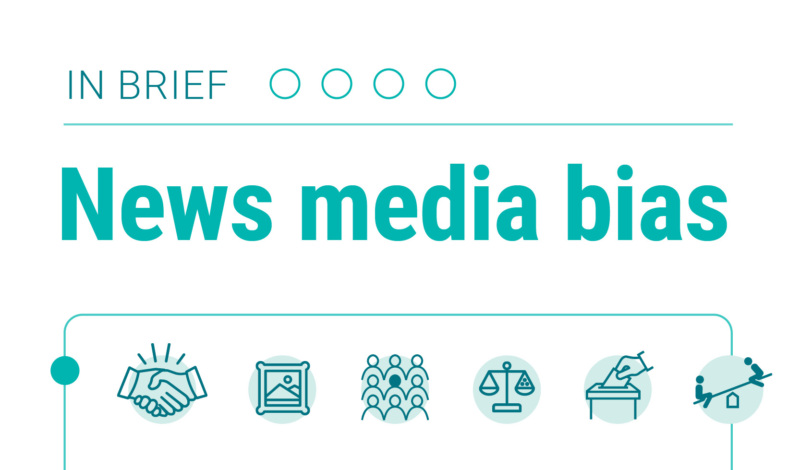
In brief: News media bias
Infographic with six tips on how to think more clearly about news media bias and a list of different
Looking for classroom resources? NLP’s resource library includes lesson plans, classroom activities, posters and infographics, quizzes, training materials and videos for educators teaching news literacy.
Infographic with six tips on how to think more clearly about news media bias and a list of different
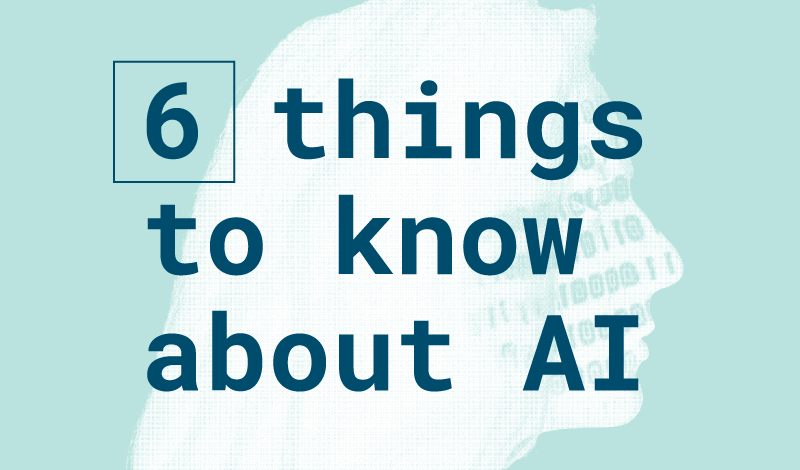

Artificial intelligence technology is not new, but dramatic advances in generative AI have captured the world’s attention and are


When big news breaks, it can be hard to cut through the noise and find accurate information. Misinformation thrives
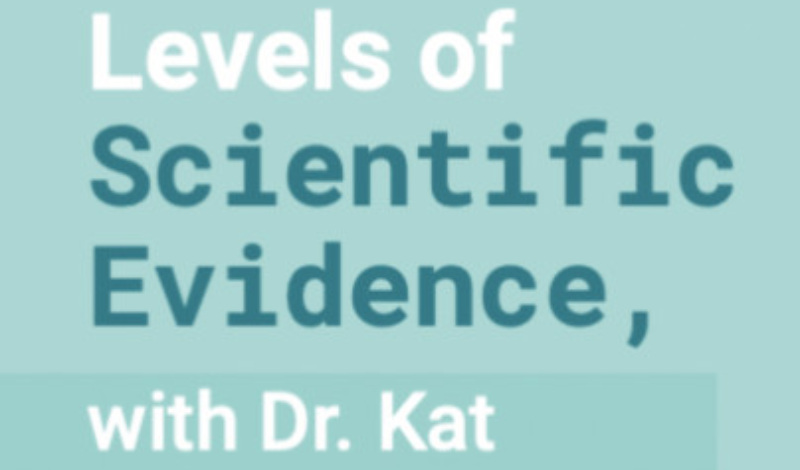

Claims that cite scientific evidence are seemingly everywhere — in our social media feeds and in headlines from standards-based
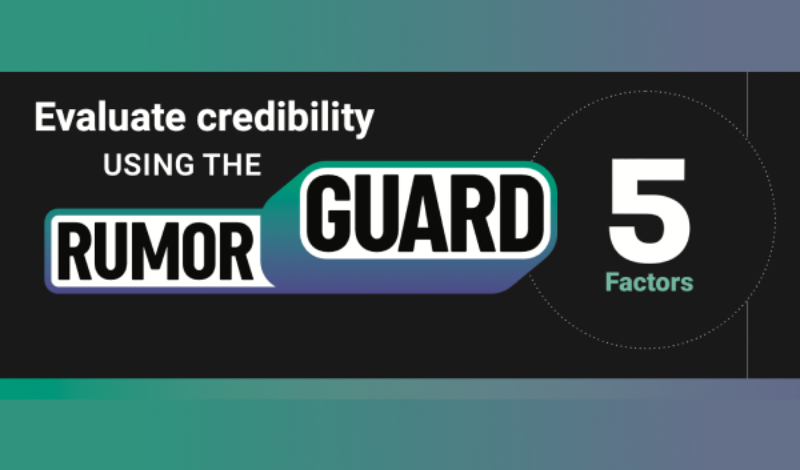

Don’t get caught off guard. Recognize misinformation and stop it in its tracks by using RumorGuard’s 5 Factors for


Elections are the lifeblood of democracy, but political campaigns are often rancorous, controversial and polarizing events. As if the
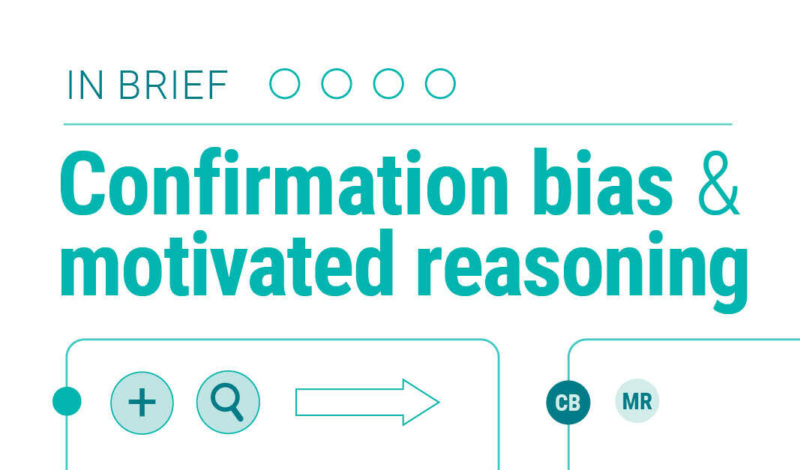

People generally feel that their opinions are rational and carefully considered. But in reality, we are all vulnerable to
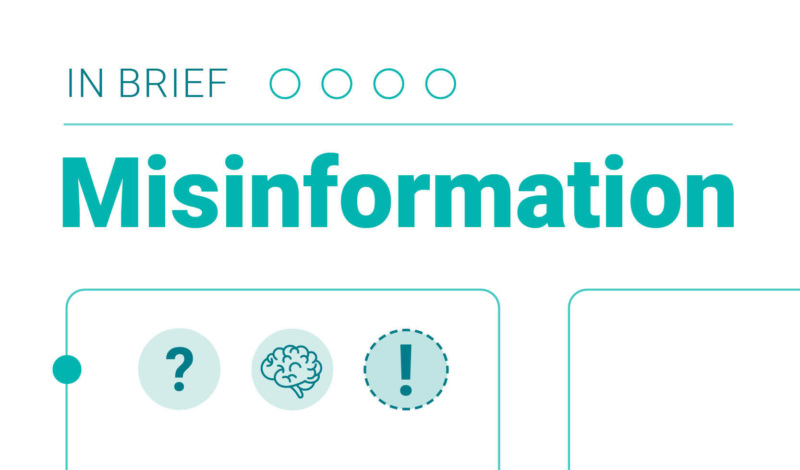

Few problems with our information environment are more pressing or prominent than the proliferation of misinformation online.
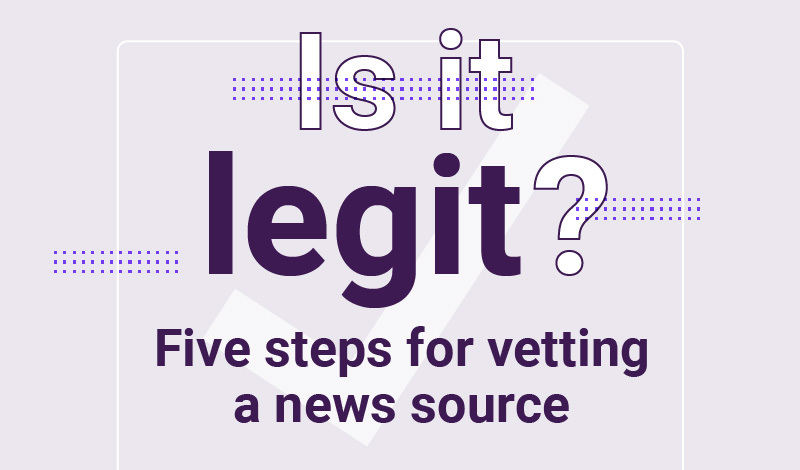

Many sources compete for attention online, including partisan blogs and bogus sites posing as legitimate news organizations. It can
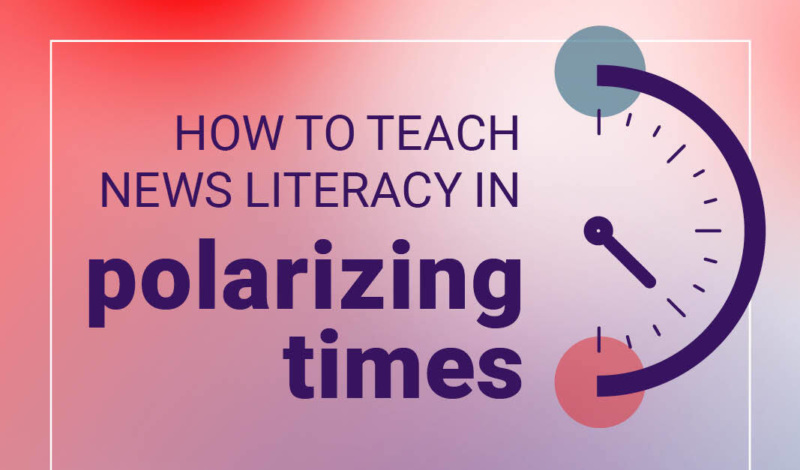

The historic upheaval that dominated previous headlines — including a global pandemic, a national reckoning over racial injustice, a
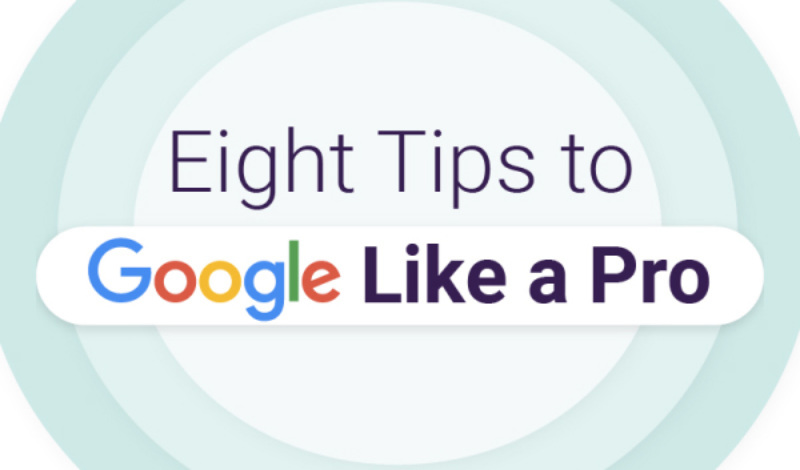

This infographic suggests small tweaks you can make to your online searches that can make a big difference.
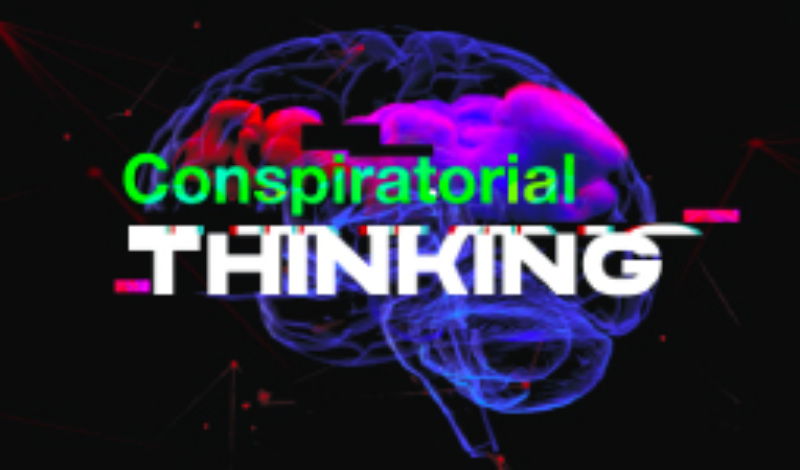

This poster features five reasons that people fall for conspiracy theories.


From sporting events to breaking news, many stories compete for journalists’ attention.
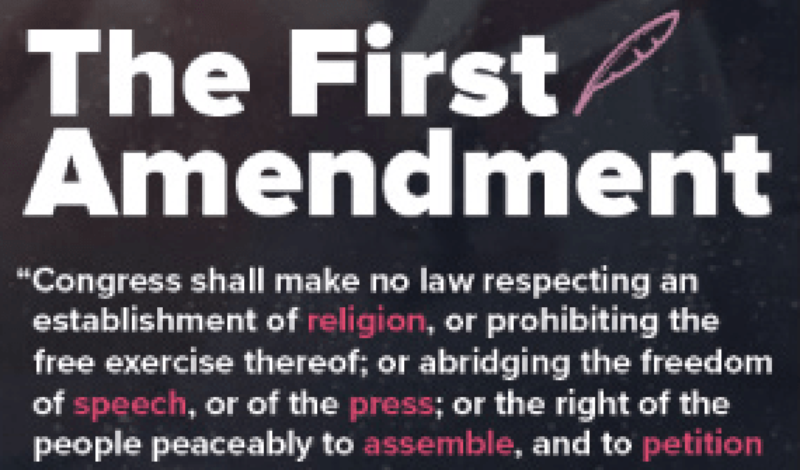

This poster helps remind students of the five freedoms protected by the First Amendment.
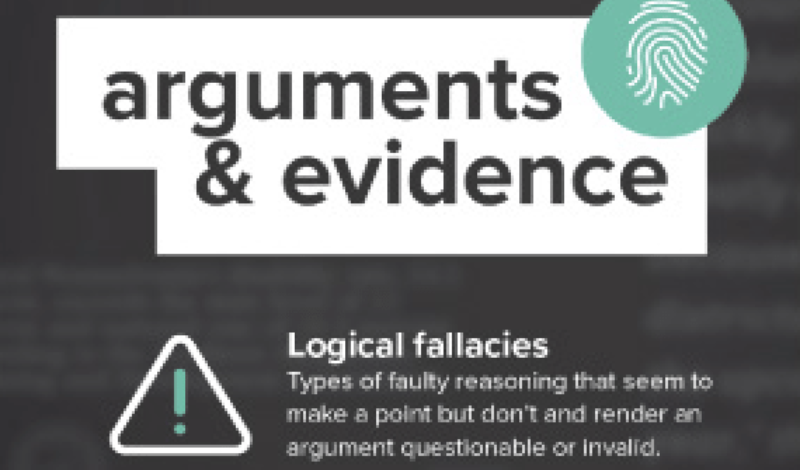

Reasoned arguments based on facts and evidence are an important part of civic discourse.


Misinformation is always problematic, but when it appears alongside family updates on social media, it can be especially frustrating.
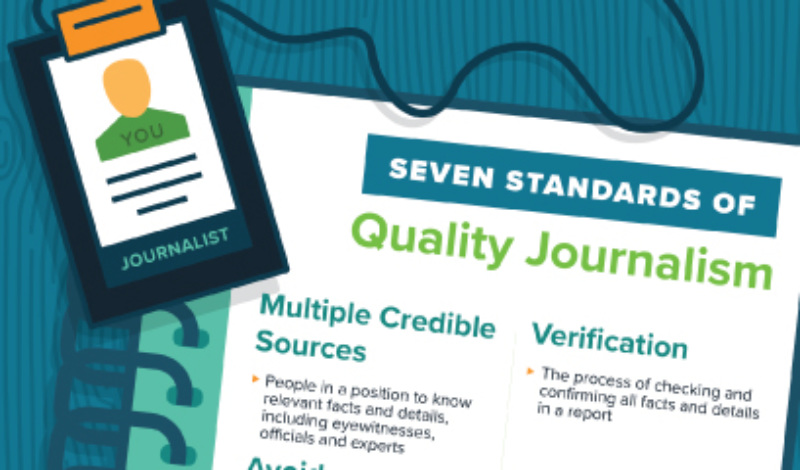

With this poster, students are introduced to seven standards of quality journalism and their descriptions.
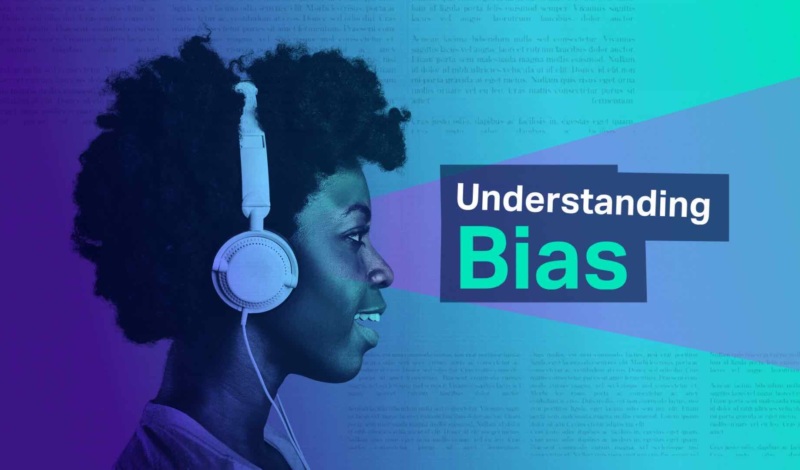

The poster provided in this resource introduces students to five types of possible bias in straight news coverage.
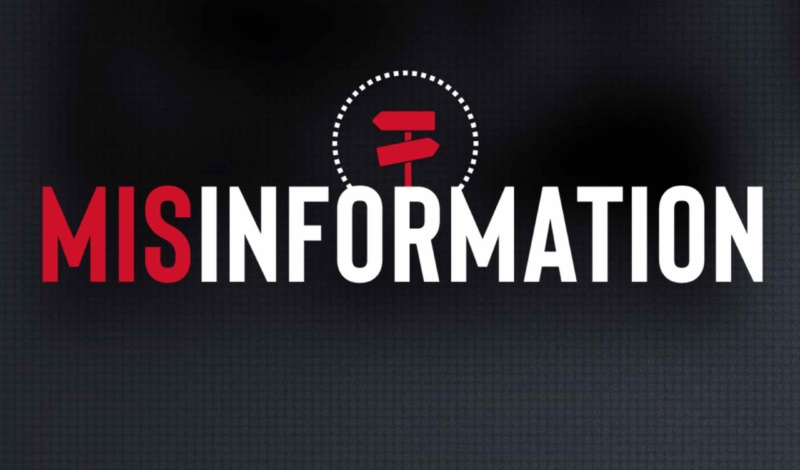

The poster provided in this resource introduces students to five types of misinformation.


Misinformation comes at us every day, across many platforms and through a variety of methods.
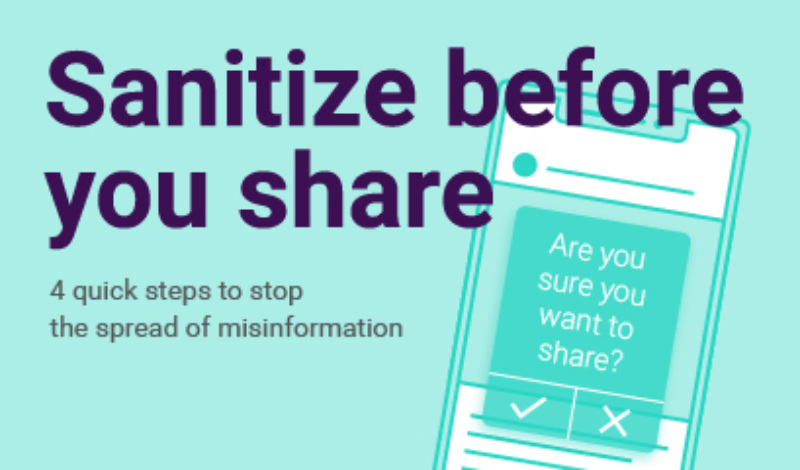

Misinformation swirling around the COVID-19 pandemic underscores the importance of consuming and sharing online content with care.
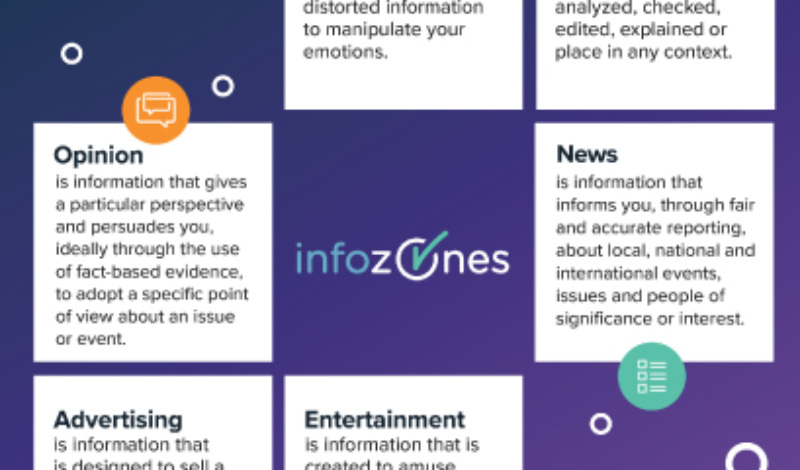

This poster was adapted from the InfoZones lesson on our Checkology® virtual classroom.



